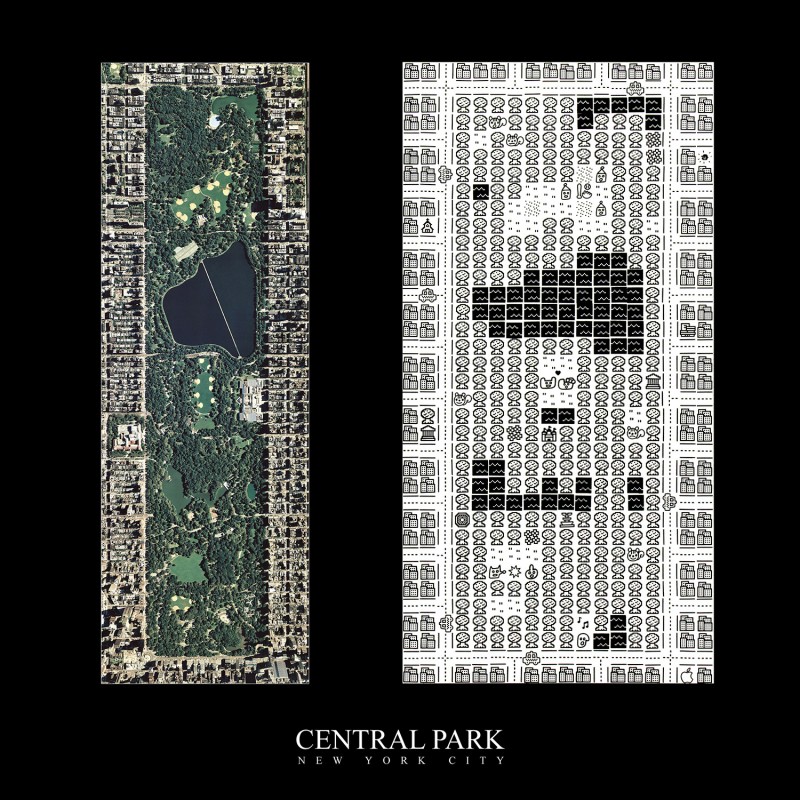
Central Park (right), 2012, stamp ink and resin on claybord, 36 × 18 in
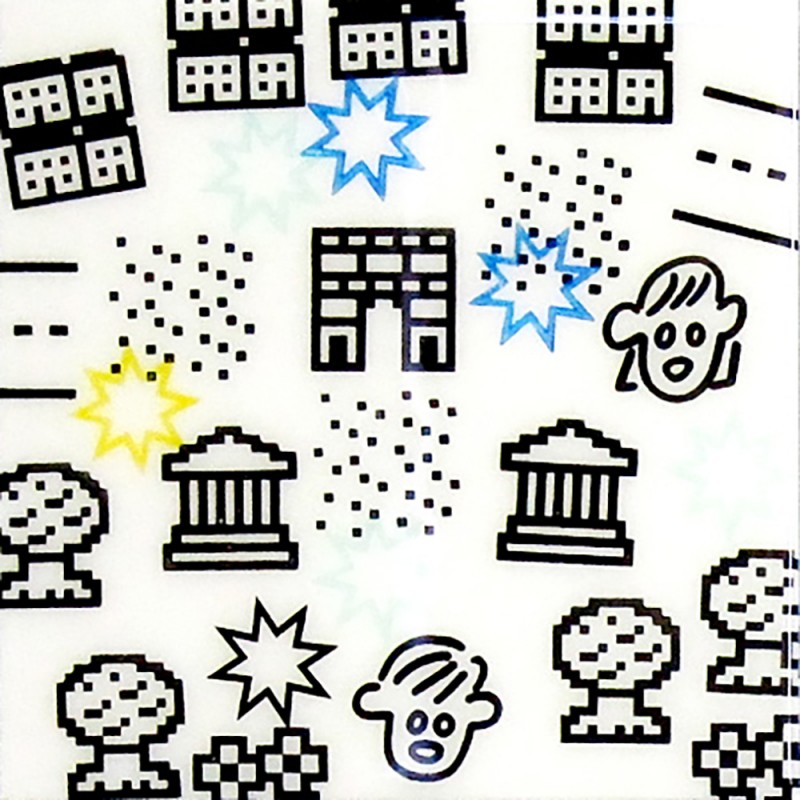
Random Sempione Park 002 (Arch of Peace), 2012, stamp ink and resin on clapboard, 5 × 5 in | 12 × 12 cm
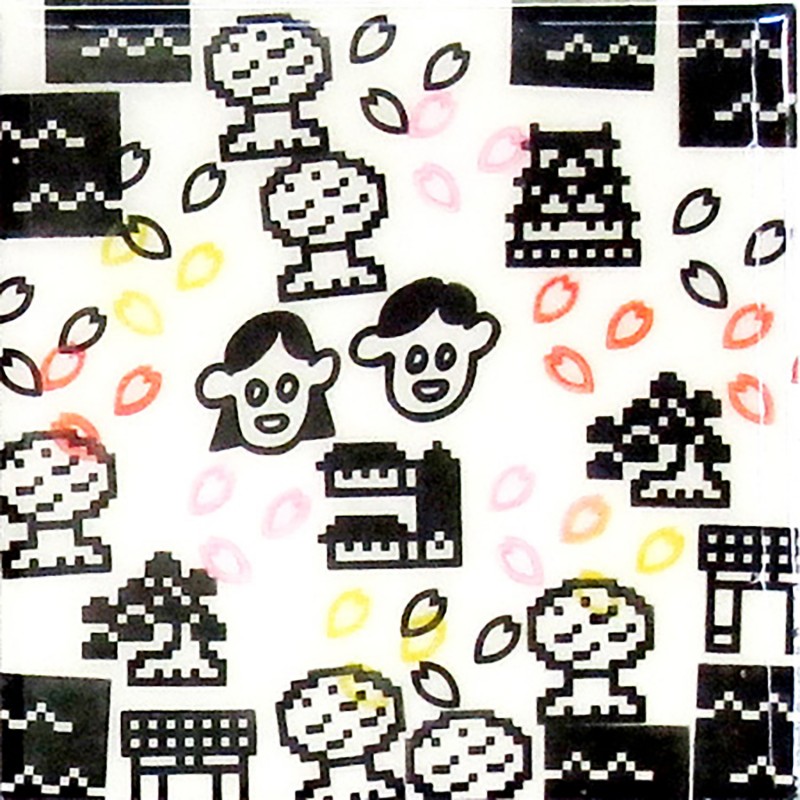
Random Tokyo Imperial Palace 002 (Princess & Crown Prince), 2012, stamp ink and resin on clapboard, 5 × 5 in.
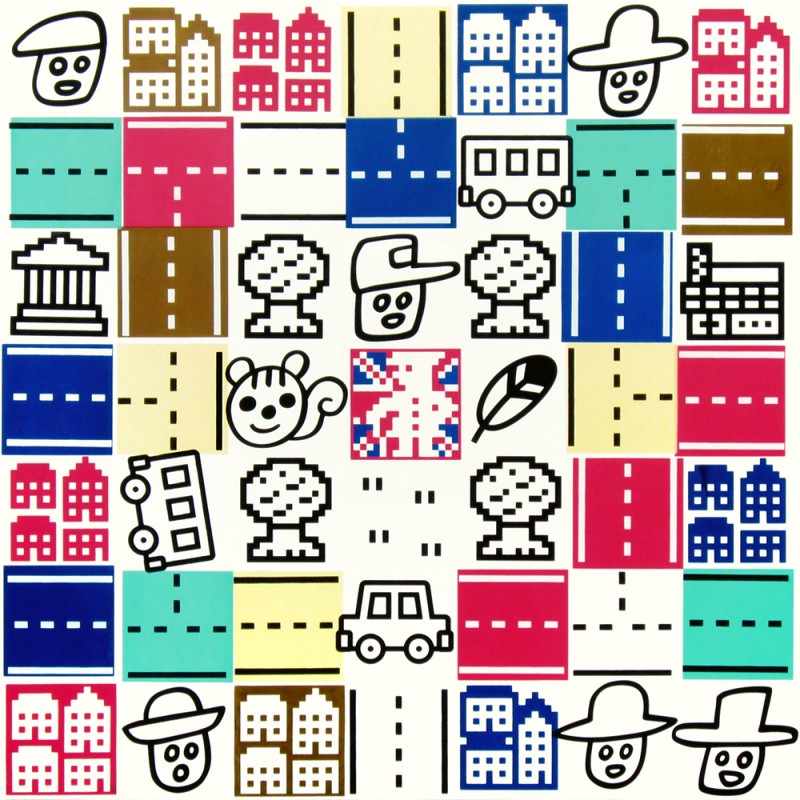
Chippewa Square, 2012, acrylic and resin on wood panel, 48 × 48 in | 121 × 121 cm
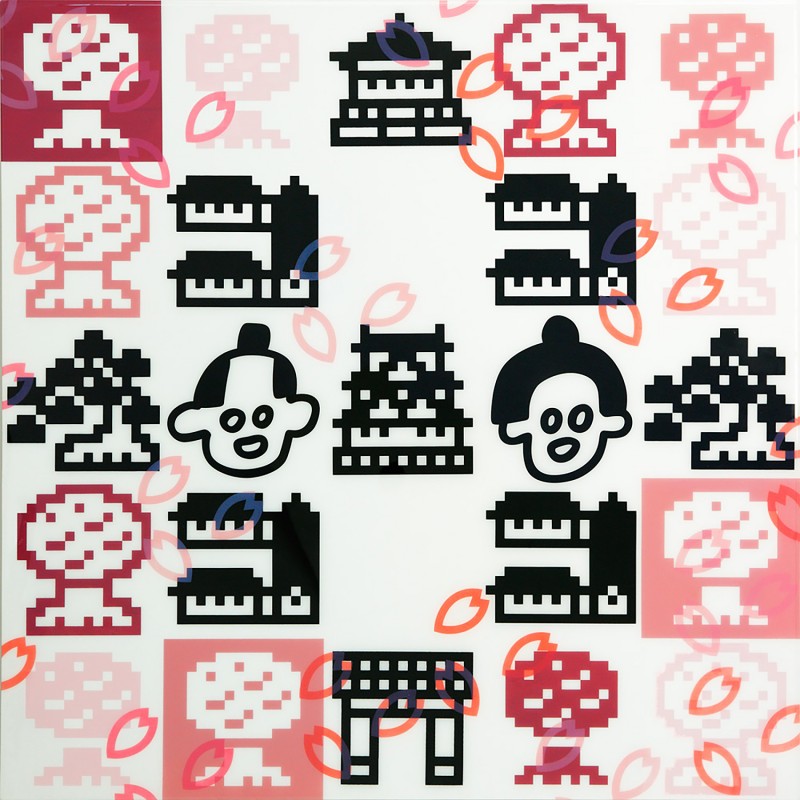
Edo Japan, 2013, acrylic and resin on wood panel, 48 × 48 in.
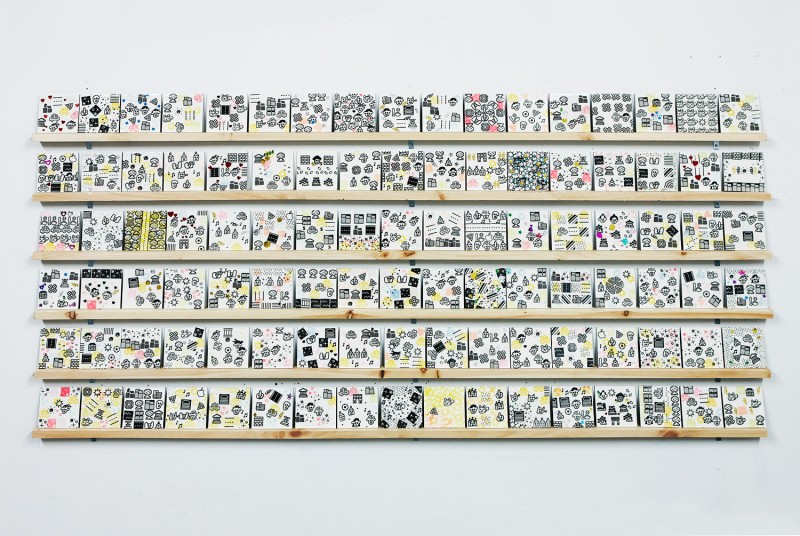
Confetti NYC, 2014, stamp ink, confetti, and resin on clapboard 4 × 4 in | 10 × 10 cm

Galaxy (light blue, blue, red, pink), 2014, acrylic and resin on wood panel, 24 × 24 in each | 61 × 61 cm each
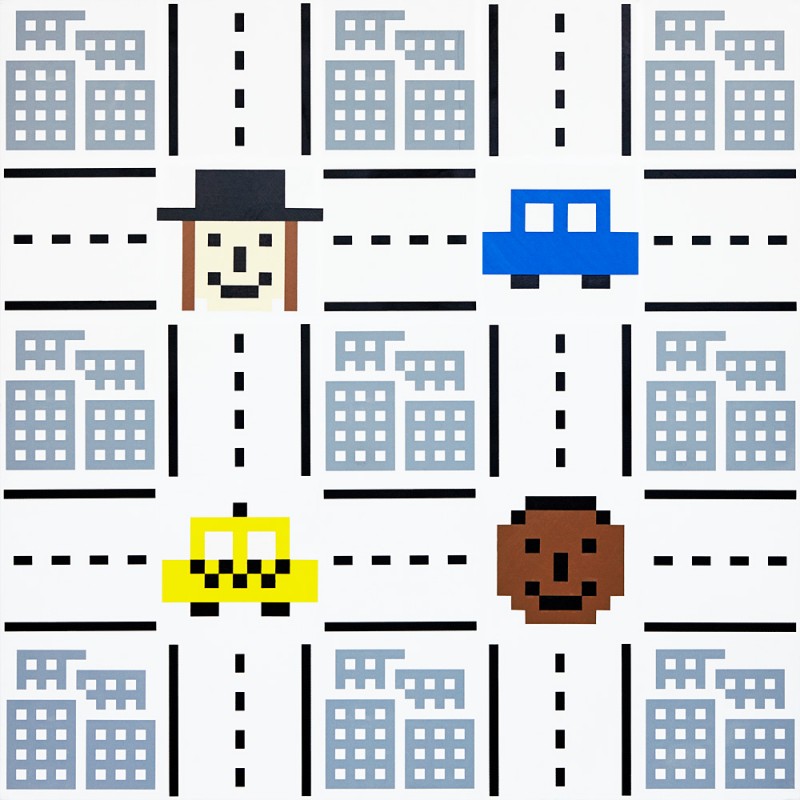
NYC (Jewish, Black People and Yellow Cab), 2015, acrylic and varnish on wood panel, 36 × 36 in